Reviewed by Corey Noles
Apple's been quietly turning your AI assistant back on with every update—and the battery drain that comes with it. Here's your complete guide to taking back control of Apple Intelligence, understanding why it keeps reappearing, and deciding whether the 7GB storage sacrifice is worth the smart features.
Apple promised that Apple Intelligence would be different—smarter, more private, more useful. What they didn't mention? It's also more persistent than that friend who keeps suggesting you try their new workout routine. Installing iOS 18.3.2 automatically re-enables Apple Intelligence, even if you'd deliberately turned it off. The update presents a splash screen with only a "Continue" button—no option to skip or decline.
This isn't an accident; it's a pattern that started with iOS 18.3.1 and shows no signs of stopping. Apple's treating this as a "many year, honestly even decades long arc" of technology development—which means they're willing to nudge users toward adoption at every opportunity, including through forced re-activation that affects your daily routine of managing these features.
The real cost of keeping Apple's AI running
PRO TIP: Check your battery usage before and after disabling Apple Intelligence—the difference might shock you.
The marketing materials focus on Apple Intelligence's clever writing tools and notification summaries. What they skip over is the resource consumption that hits your daily device usage hard. ZDNET found that enabling Apple Intelligence makes it "impossible to make it through a day without recharging." Even with Low Power Mode enabled, battery life drops significantly—a problem that affects not just iPhones but MacBooks and iPads as well.
In our testing across multiple iPhone models, the pattern is consistent: devices that previously lasted full workdays now require midday charging sessions when Apple Intelligence is active. iPhone 15 Pro Max users report "8% battery drain in 30 minutes with no active usage" when the feature was enabled, while another user saw their device drop from 100% to 92% in just 30 minutes of standby time after upgrading to iOS 18.3.
Beyond battery drain, Apple Intelligence consumes around 7GB of storage for its on-device AI models. That's roughly equivalent to 1,400 high-resolution photos or several downloaded Netflix seasons. For users with 128GB devices, that's a meaningful chunk of space that could be used for actual content instead of Apple's Foundation Model.
The technical cause? Craig Federighi notes that while the A17 Pro's Neural Engine is "twice as powerful" as the previous generation, the reality is that constant AI model processing creates sustained system load. Apple's claims about hardware efficiency don't account for the cumulative effect of notification summaries, writing tool analysis, and background model refreshing happening throughout the day. iPhone 16 users report heating problems during charging when Apple Intelligence is enabled—a clear sign the system is working harder than Apple's marketing suggests.
The pattern is clear: turn Apple Intelligence on, and battery life "drops like a rock." Turn it off, and "things go back to normal."
How to turn off Apple Intelligence (and keep it off)
Here's the step-by-step process that actually works—no matter how many times Apple tries to sneak it back on:
The basic disable:
Open Settings on your iPhone
Scroll down to "Apple Intelligence & Siri"
Toggle "Apple Intelligence" to off
Confirm when prompted—Apple warns that "on-device models might be removed"
The post-update routine: After any iOS update, immediately check your Apple Intelligence settings. iOS 18.3.2 users report that the feature automatically re-enables regardless of previous settings. The issue also affects iPadOS and macOS users, so check all your Apple devices after system updates. This routine becomes essential because Apple's strategic vision for AI adoption means the automatic re-enabling pattern will likely continue with future updates.
What happens next: When you disable Apple Intelligence, your device will remove the downloaded AI models, freeing up that 7GB of storage space. You'll lose features like Writing Tools, notification summaries, and Cleanup in Photos, but you'll regain battery life and storage capacity. The trade-off centers on Apple's user control philosophy versus their long-term AI integration goals.
Why Apple really wants you using Apple Intelligence
Think of Apple Intelligence as more than just another AI feature—it's Apple's answer to Google and Microsoft's AI dominance, which explains the persistent re-enabling strategy. Craig Federighi describes it as "intelligence that understands you," emphasizing personal context over general knowledge. Unlike ChatGPT or Gemini, Apple Intelligence accesses your emails, messages, and calendar to provide tailored responses.
But there's a business angle here too. Apple's partnership with OpenAI brings ChatGPT integration to Siri, with plans to add Google's Gemini and potentially Anthropic's models. Each integration potentially generates revenue through usage or partnerships, making widespread adoption crucial to Apple's AI economics.
The automatic re-enabling after updates isn't accidental—it's strategic. Apple views this as a "many year, honestly even decades long arc" of technology development. Getting users comfortable with AI features now builds the foundation for future innovations where AI becomes indispensable to the Apple experience.
Privacy plays a significant role in the competitive positioning. Apple processes most data on-device, with its Private Cloud Compute ensuring that when data does go to Apple's servers, it's "cryptographically destroyed after the processed request is returned." This contrasts with Google's approach, where conversations reviewed by human reviewers aren't deleted for three years, and Google explicitly warns users not to "enter confidential information" because reviewers might see it. Apple's competitive advantage lies in processing your personal context while maintaining privacy—but only if users actually use the features.
What you gain and lose by going Apple Intelligence-free
What you keep: All your standard iPhone functionality remains intact. Siri still works for basic commands, though you'll lose the enhanced conversational abilities and ChatGPT integration. Your camera app keeps its existing features, minus the AI-powered Cleanup tool. Mail and Messages function normally, just without intelligent summaries and smart replies.
What you miss: The Writing Tools feature that can rewrite, proofread, and summarize content across any app disappears. Notification summaries that condense multiple alerts into readable overviews stop working. The enhanced Siri that can understand context and maintain conversational flow reverts to the more basic version that can't perform complex multi-app actions.
The storage math: That 7GB of freed storage space translates to meaningful capacity on devices where every gigabyte counts. On a 128GB iPhone with the typical 13.95GB that iOS 18 occupies, Apple Intelligence adds 2.56GB more—that's roughly 5.5% of your total storage. For users constantly managing storage space, this alone might justify disabling Apple Intelligence, especially when you consider that this space grows as Apple adds more AI models over time.
Battery life reality: While individual experiences vary, multiple reports suggest significant battery improvements after disabling Apple Intelligence. Users report going from "4 hours of screen time" with Apple Intelligence to full-day usage without it. During our week-long testing on an iPhone 15 Pro Max, disabling Apple Intelligence improved battery life from roughly 6 hours to over 9 hours of screen time under similar usage patterns. Some users describe going from needing constant charging and power banks to leaving chargers at home entirely.
Should you keep fighting the AI activation?
Here's the thing about Apple's persistent re-enabling: it reflects the company's confidence that most users will eventually appreciate these features once they experience them. The approach mirrors how Apple handled other initially controversial changes—remember when they removed the headphone jack?
For power users managing multiple devices and prioritizing battery life, the disable-after-every-update routine makes sense. The storage savings alone justify the inconvenience for users with limited device capacity. But consider your actual usage patterns against Apple's broader feature integration strategy.
If you frequently write emails, manage multiple notifications, or use your iPhone for creative projects, Apple Intelligence's system-wide integration might prove valuable despite the resource costs. The Writing Tools that work across every app, the notification summaries that cut through information overload, and the enhanced Siri that can actually understand context represent genuine productivity improvements for many users.
The middle ground approach: Apple allows you to disable individual AI features rather than the entire system. Building on the comprehensive feature breakdown from earlier, you could keep Writing Tools for document editing while disabling notification summaries that drain battery in the background. This selective approach balances functionality with resource management, though you'll still face the post-update re-enabling routine.
Looking ahead: Apple's treating this as early-stage technology that will improve over time. Craig Federighi acknowledges that "we're going to do it responsibly" rather than rushing features to market. Future updates might address current battery and storage concerns while expanding capabilities—though the persistent re-enabling suggests Apple believes the benefits already outweigh the costs.
The reality is that Apple Intelligence represents the company's vision for computing's next decade. Whether you embrace it now or wait for optimization improvements, understanding how to control these features keeps you in charge of your device experience—even when Apple really, really wants you to try their AI assistant.





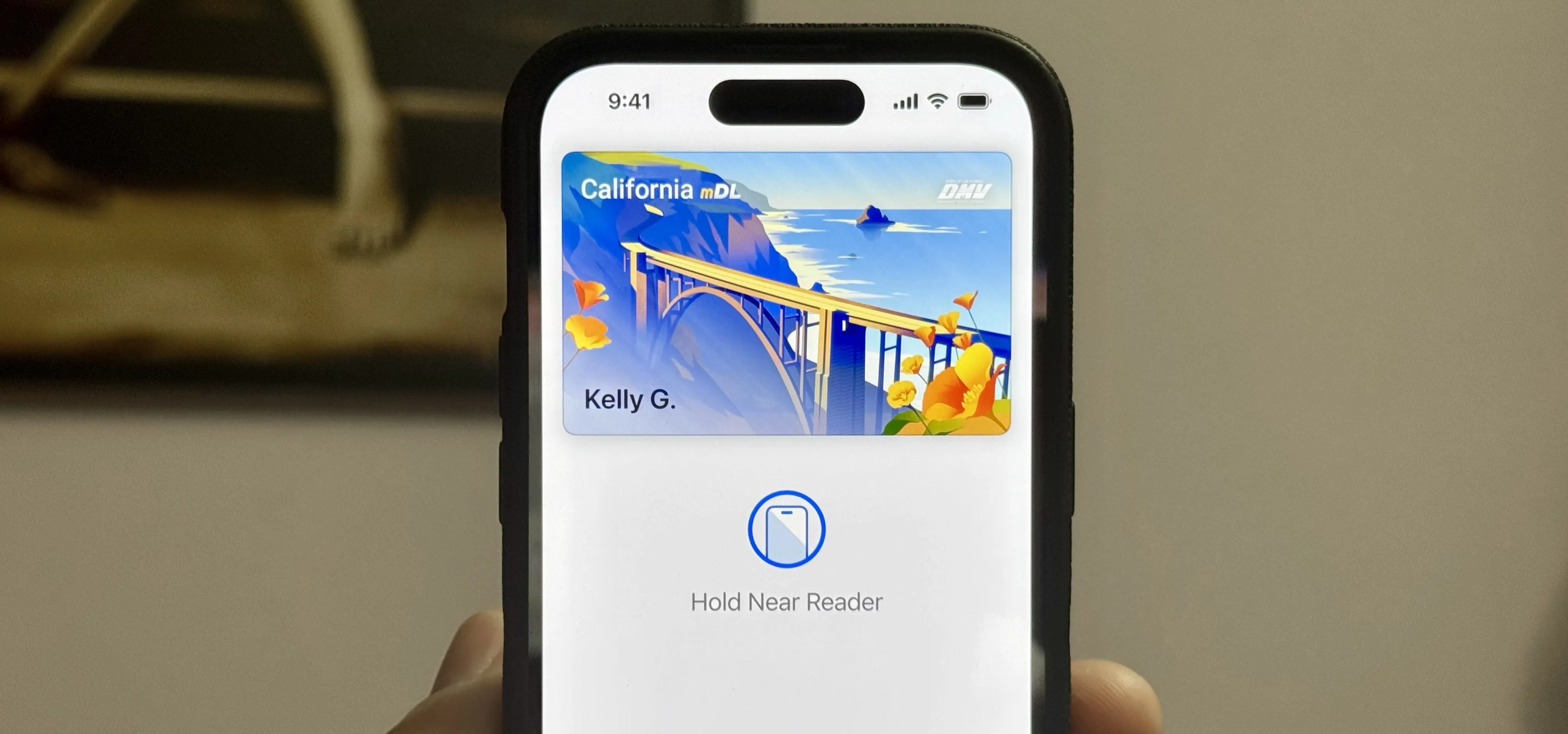
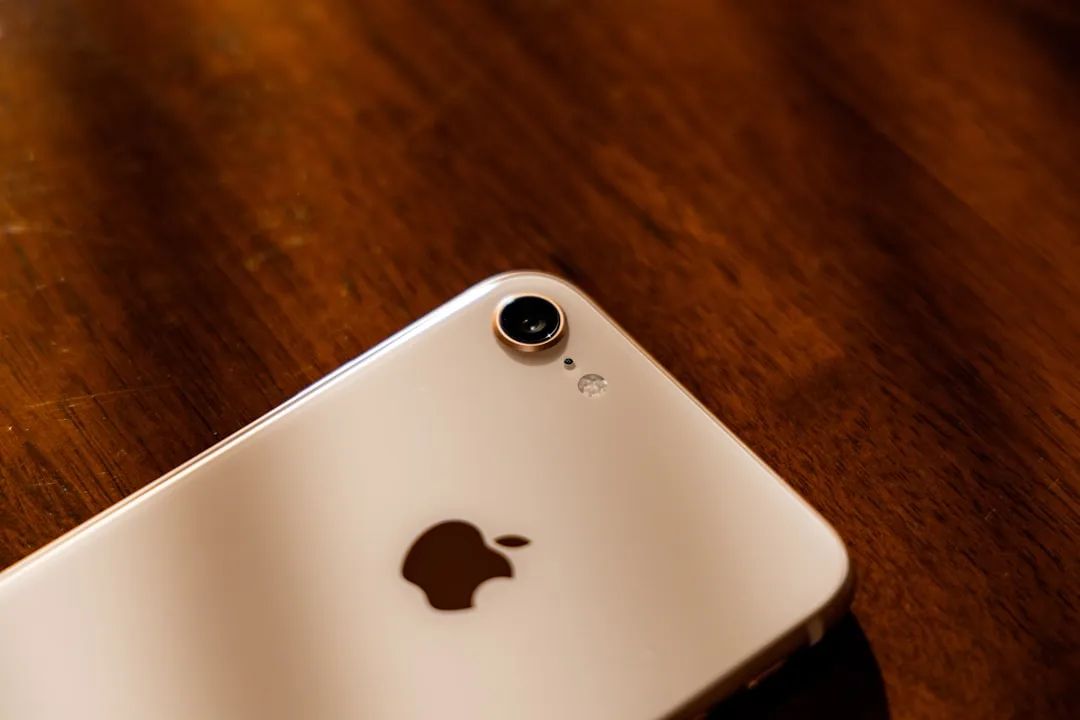

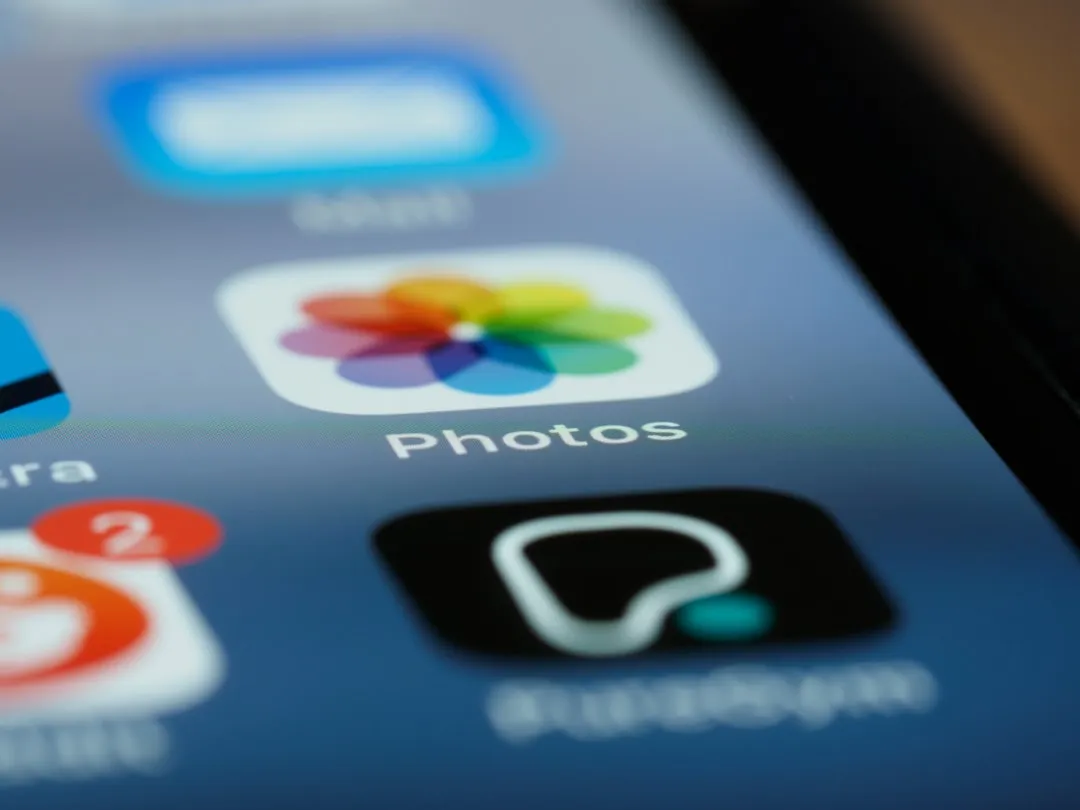
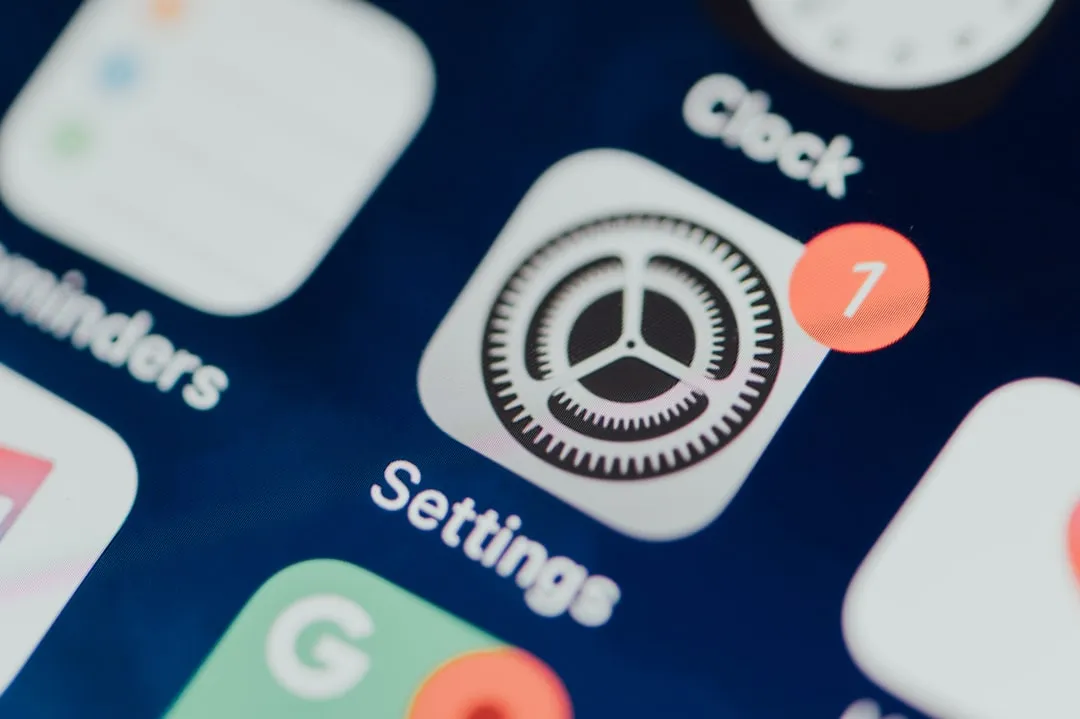
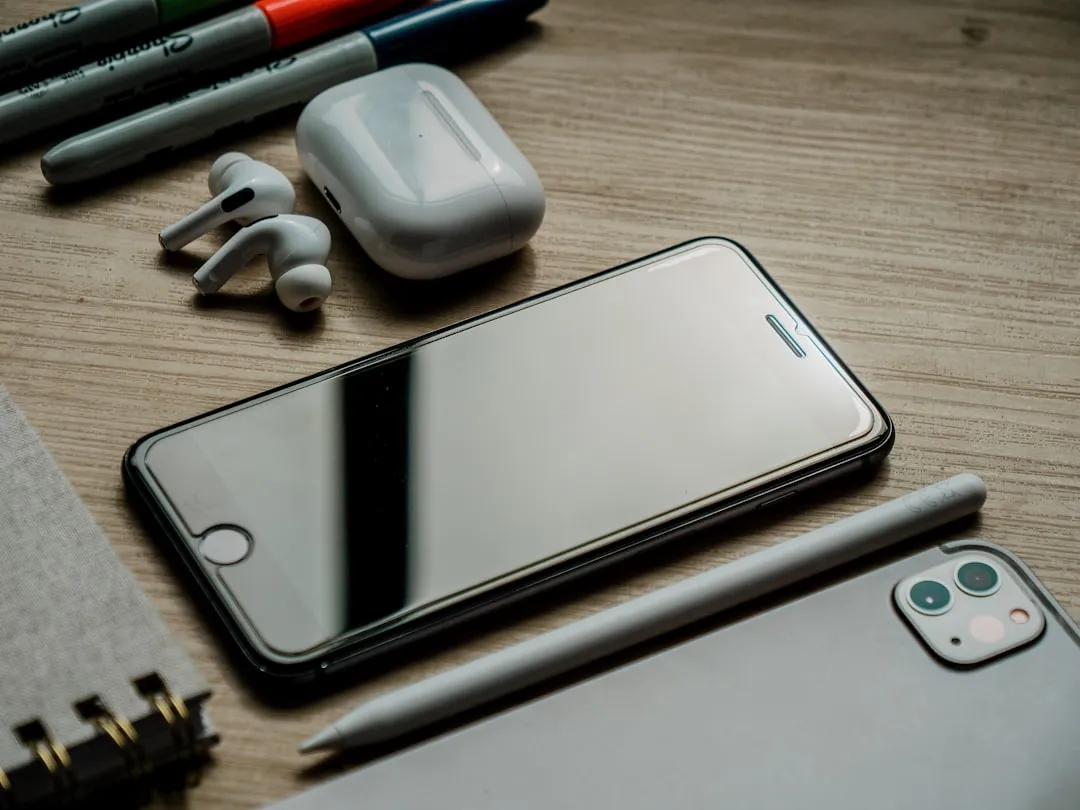

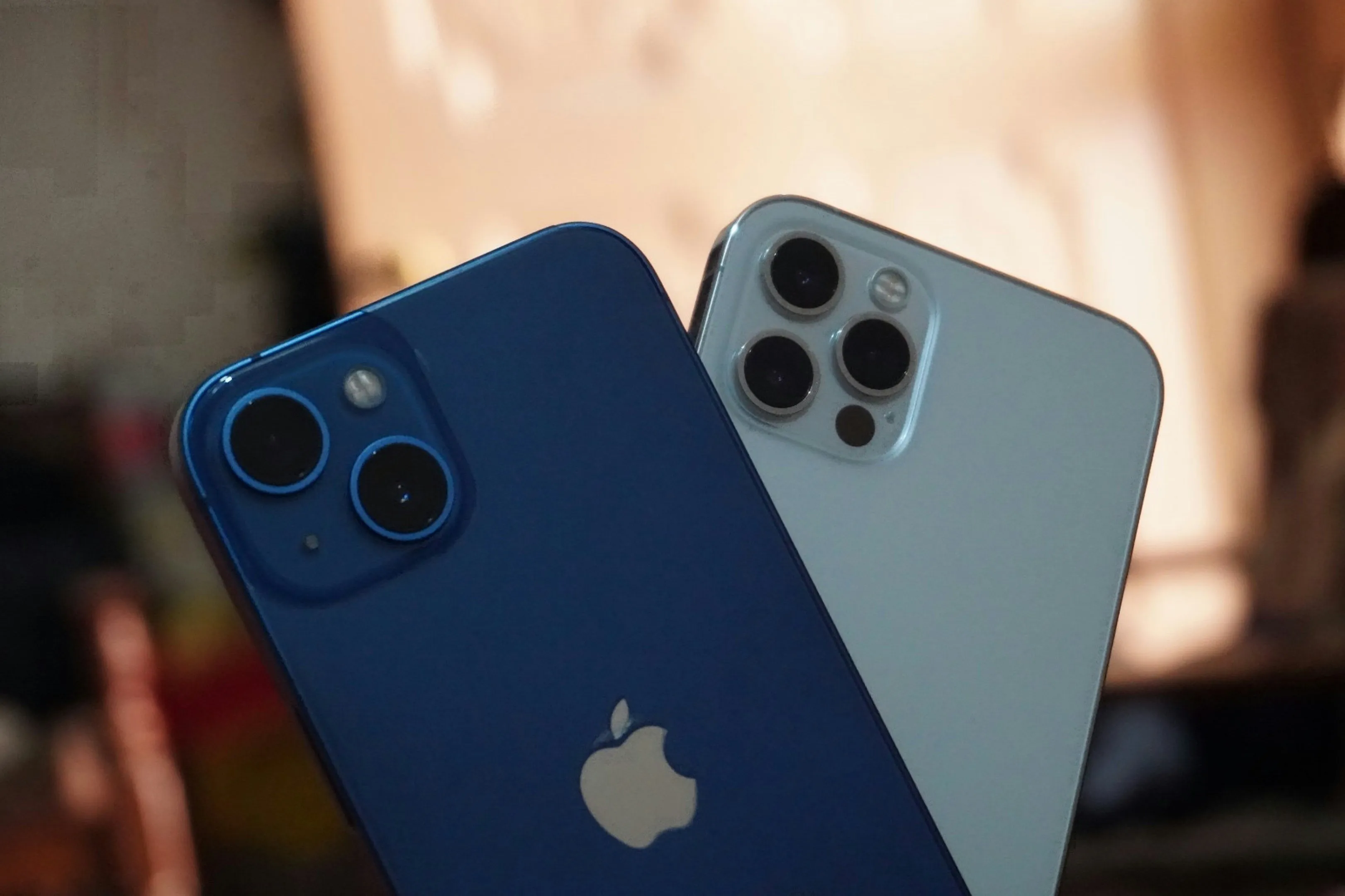

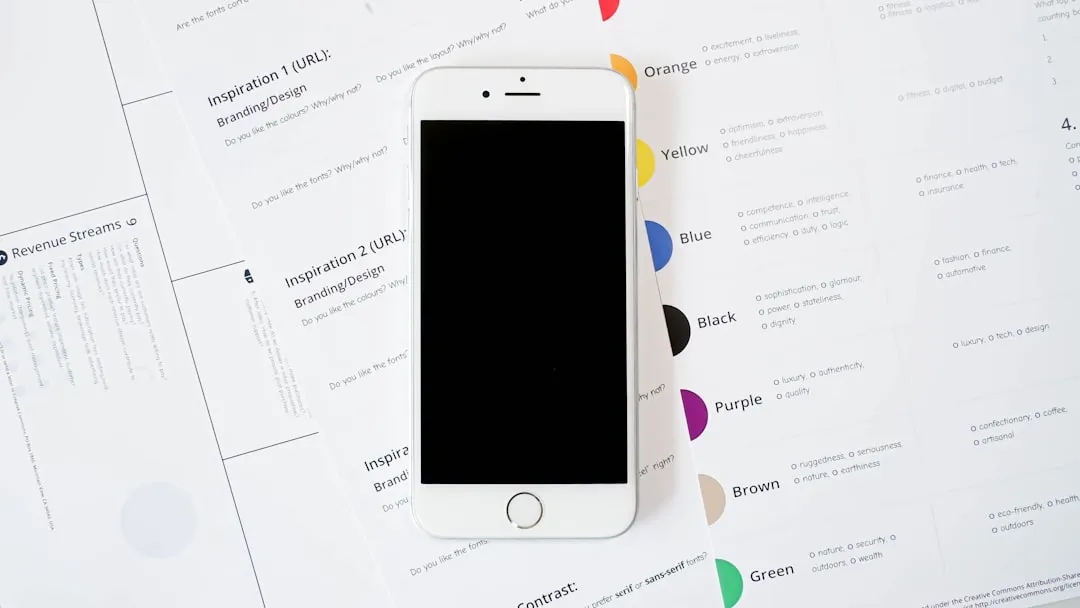

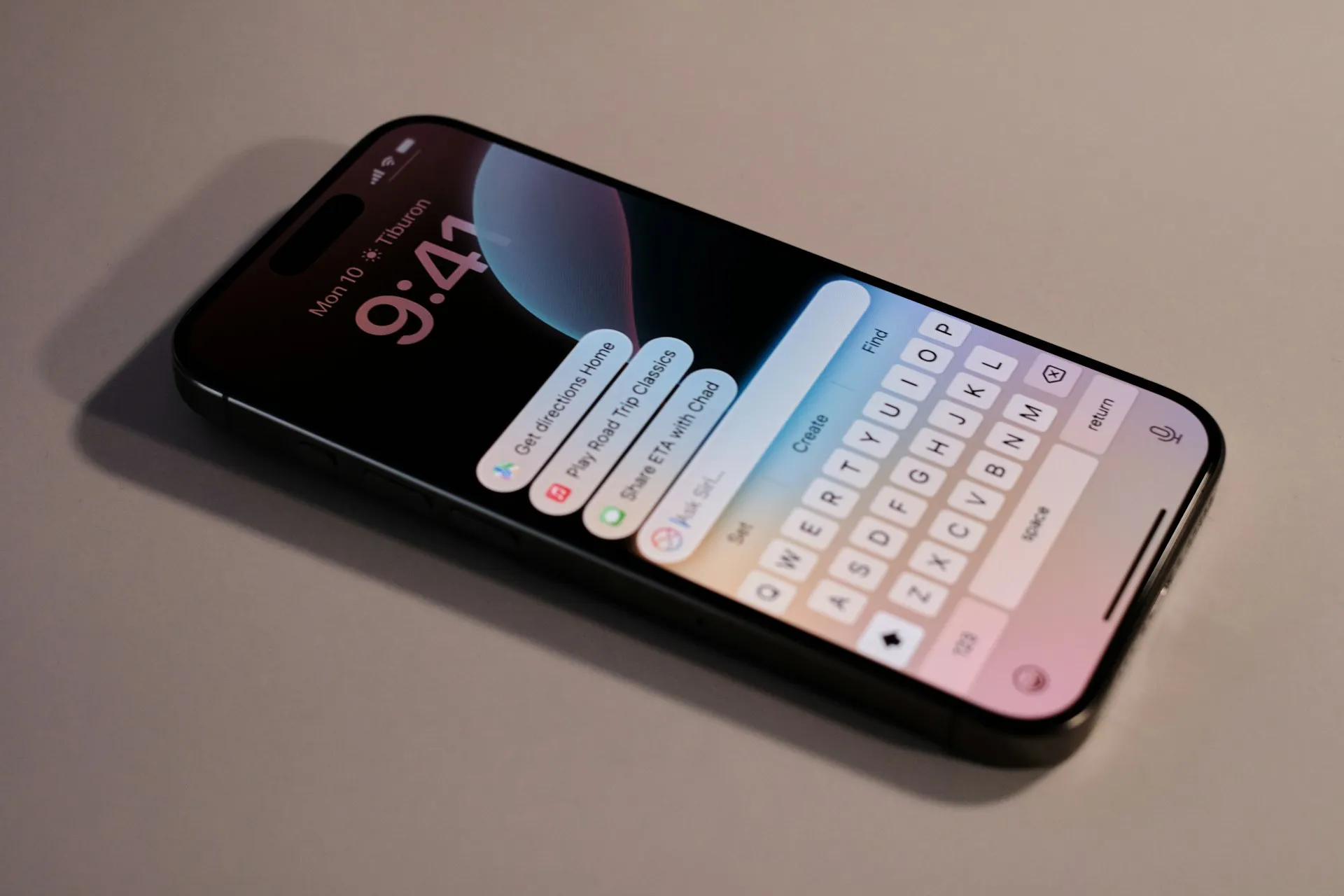

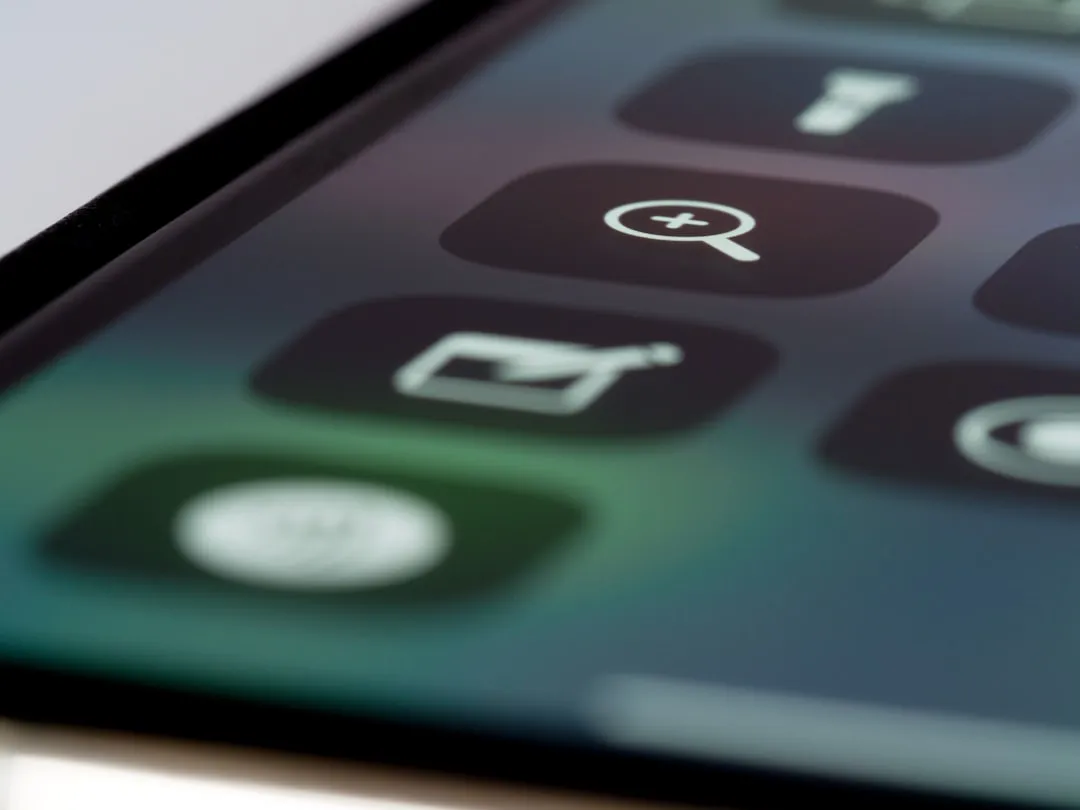
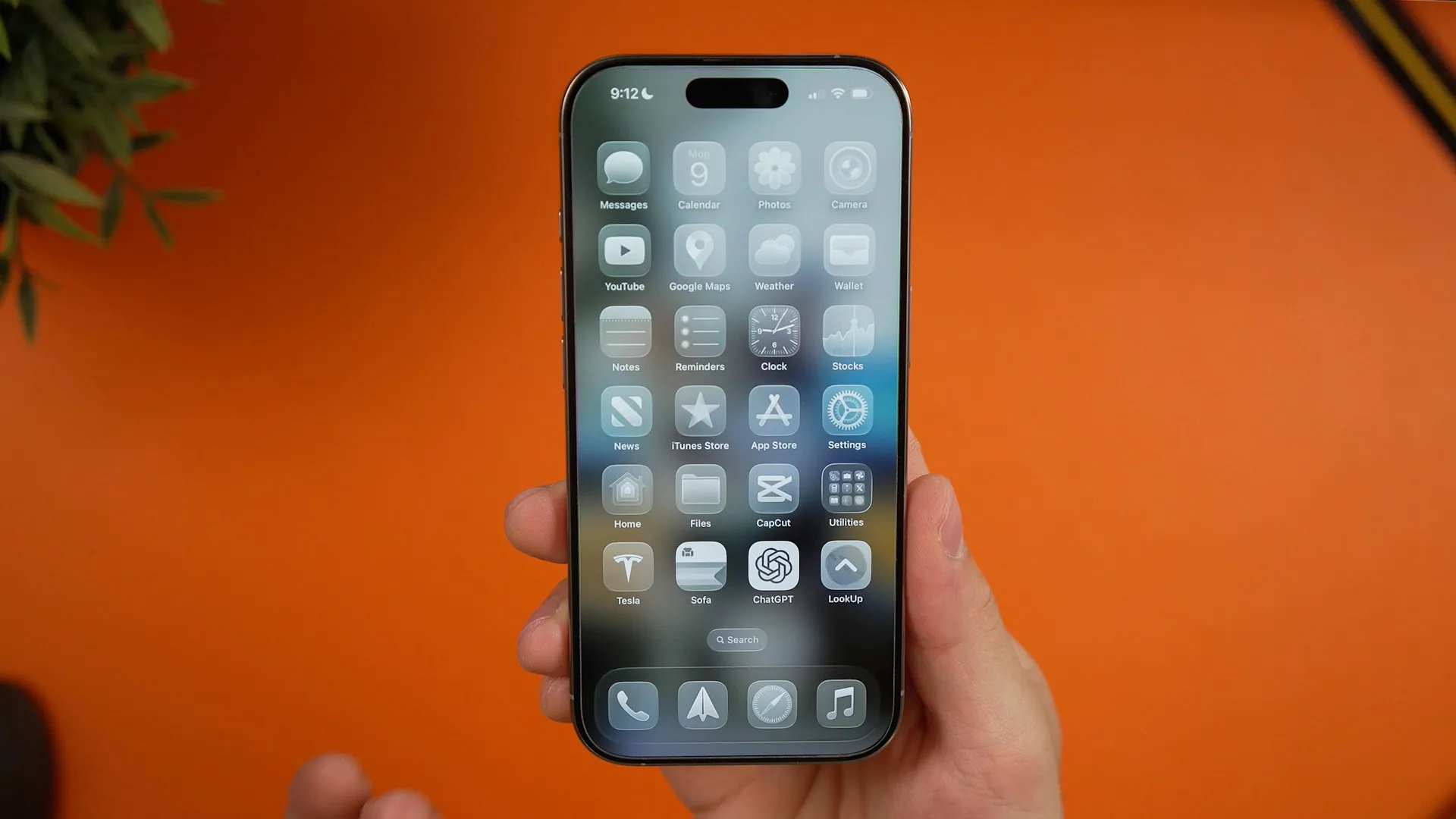
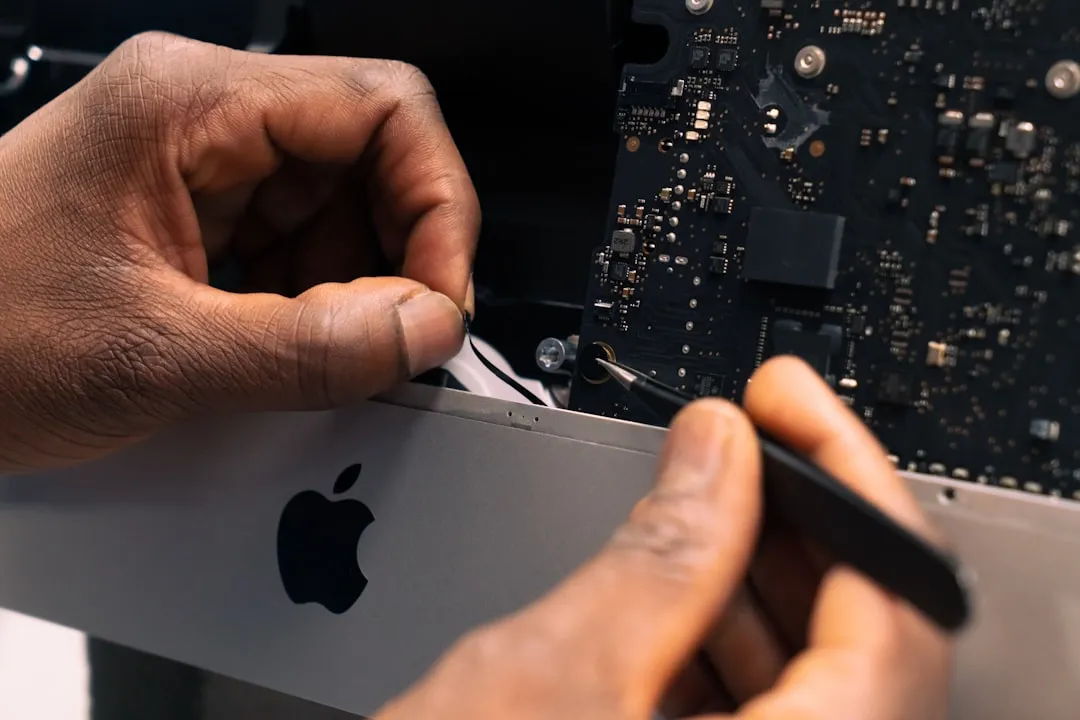
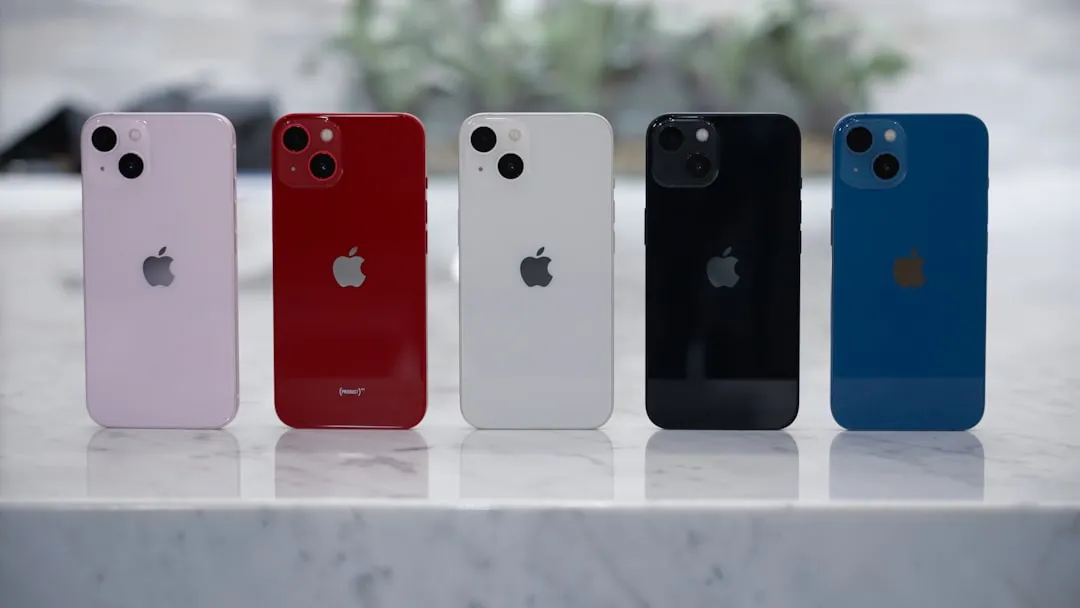



Comments
Be the first, drop a comment!